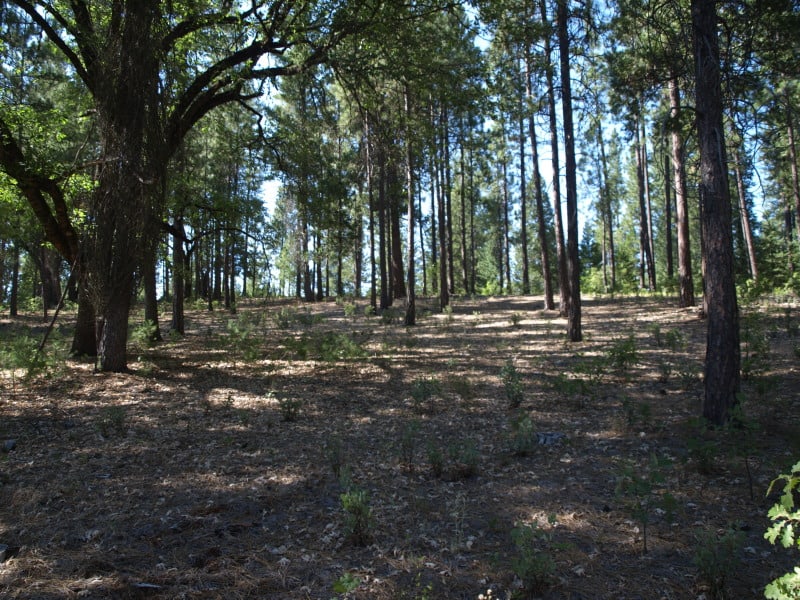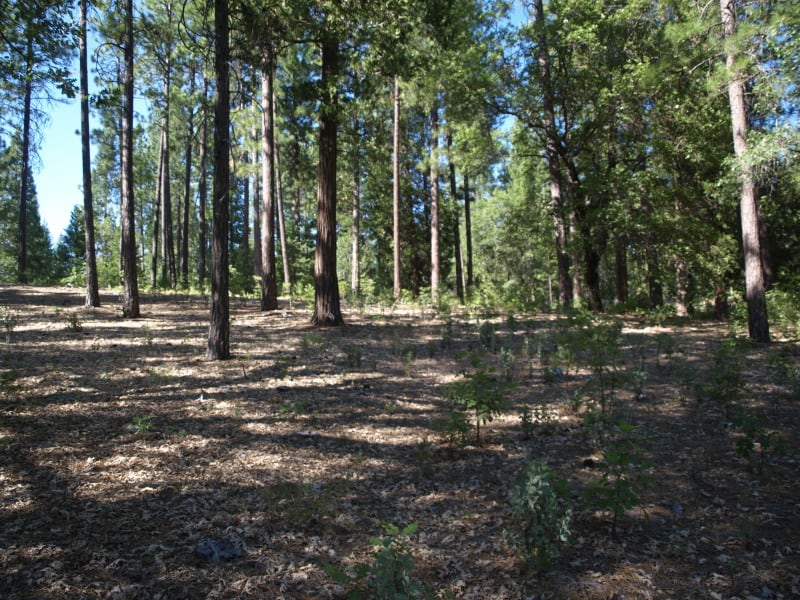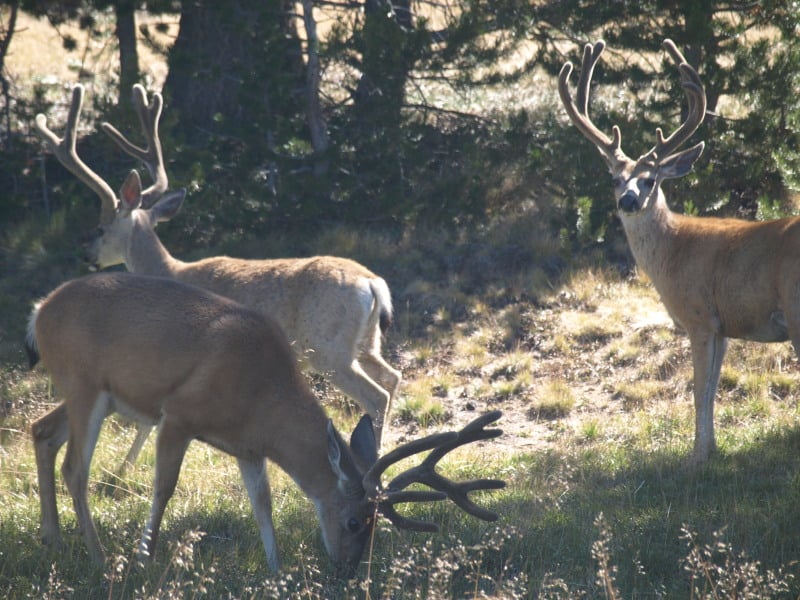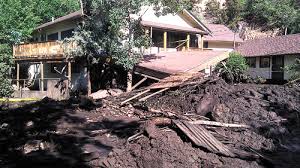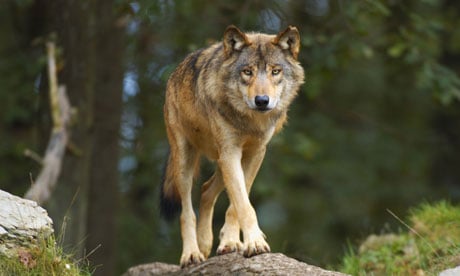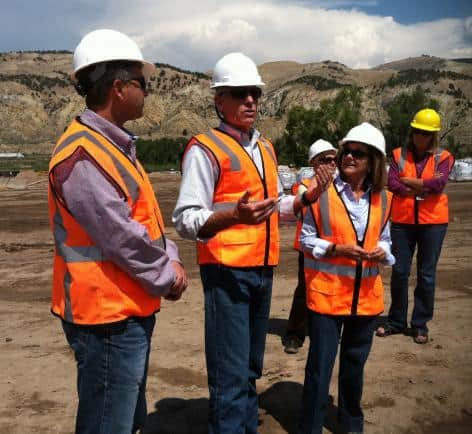
Here’s the link and below is an excerpt.
GYPSUM — U.S. Sen. Mark Udall said the Gypsum biomass power plant is a “win-win-win” project when he and state Sen. Gail Schwartz toured the plant’s construction site on Friday afternoon.
The Gypsum biomass plant is the first of its kind in Colorado and is on schedule to go online this December. The “woody” biomass plant will produce 11.5 megawatts of electricity per year by burning dead timber collected mostly from the White River National Forest. That main fuel source will be supplemented by other sources, such as wood construction waste that normally goes to the landfill. Of the 11.5 megawatts, 10 megawatts will be sold annually to Holy Cross Energy through a 20-year agreement and 1.5 megawatts will power the plant itself.
“When this goes online it will put us over the top of our goal to have 20 percent of our power coming from renewable energy by 2015,” said Holy Cross CEO Del Worley. “This will put us at around 22 or 23.5 percent renewable energy.”
Udall, who serves on the Energy and Natural Resources Committee, touted the public-private project as a fine example of how to bolster the economy and help the environment while generating domestic power.
“It’s a carbon-neutral, renewable energy source, it mitigates forest wildfire, it creates about 100 jobs in total and it’s going to be profitable,” Udall said. “There’s nothing wrong with profit — profit leads to reinvestment.”
Eagle Valley Clean Energy LLC — a subsidiary of Evergreen Clean Energy Corporation — is the company behind the Gypsum plant, which will get the bulk of its fuel from West Range Reclamation LLC. West Range is a forest and land management company in Hotchkiss that was recently awarded a long-term stewardship contract with the U.S. Forest Service. West Range will receive $8.66 million through the 10-year contract.
“The stewardship contract is at the heart of this,” Udall said. “It’s a beautifully fulfilling relationship.”
Environmental health
Schwartz said Colorado is 37th in the nation for utilizing biomass power but it is the No. 1 producer of biomass fuels.
“We have 4 to 6 million acres of standing dead timber in our state,” she said. “We have 175,000 slash piles in Colorado that we will burn anyway. This biomass plant will help clean our forest and mitigate wildfires as well as create jobs and electricity.”
Udall said the biomass plant is a market-based solution.
“[Eagle Valley Clean Energy] is bringing value to forest slash and waste,” he said.
Udall said the plant is carbon-neutral because the wood fuel contains carbon that is already in the environment.
“It’s circulating, unlike coal, which is mined,” he said.
Udall added that the biomass plant is “state-of-the-art” in terms of its filtration and monitoring systems for pollution.
For party watchers, both Schwartz and Udall are D’s.
According to Derek, 250 tons a day is which is ten log truck loads a day, about 10 MMBF/year.
